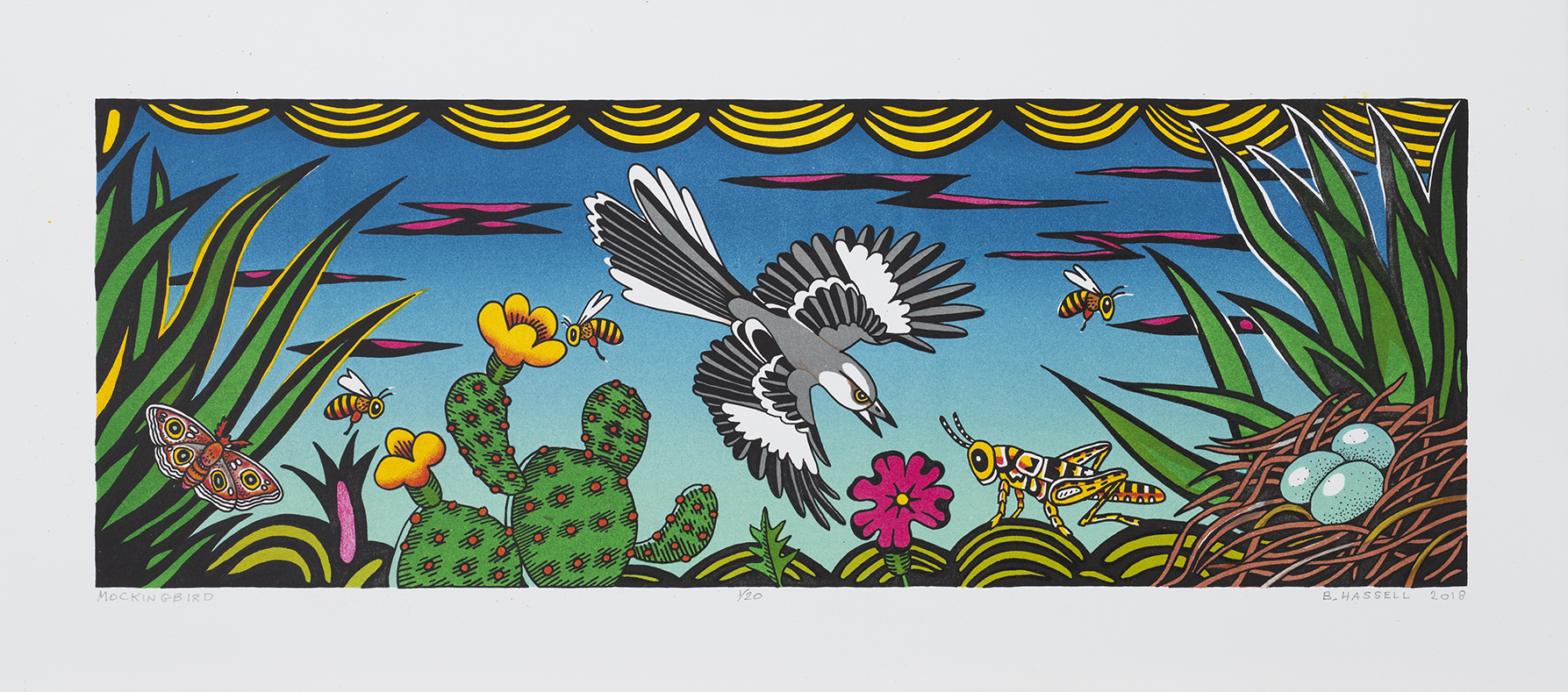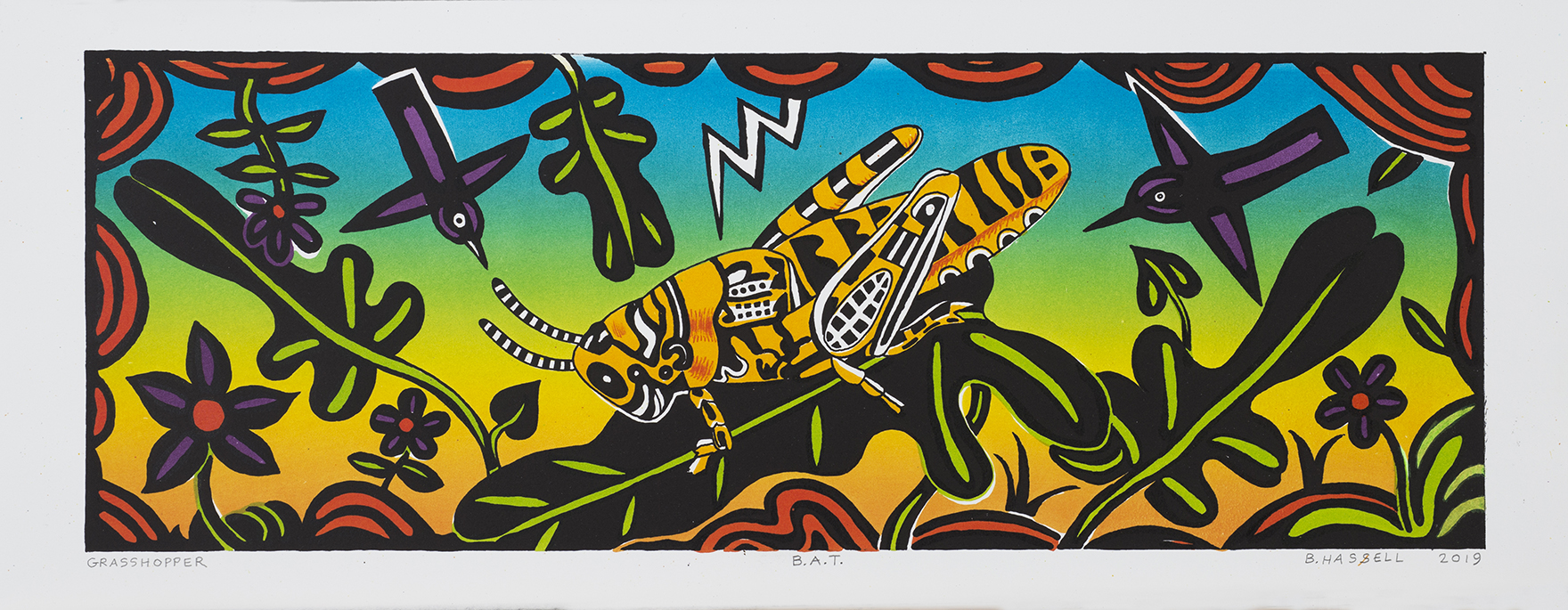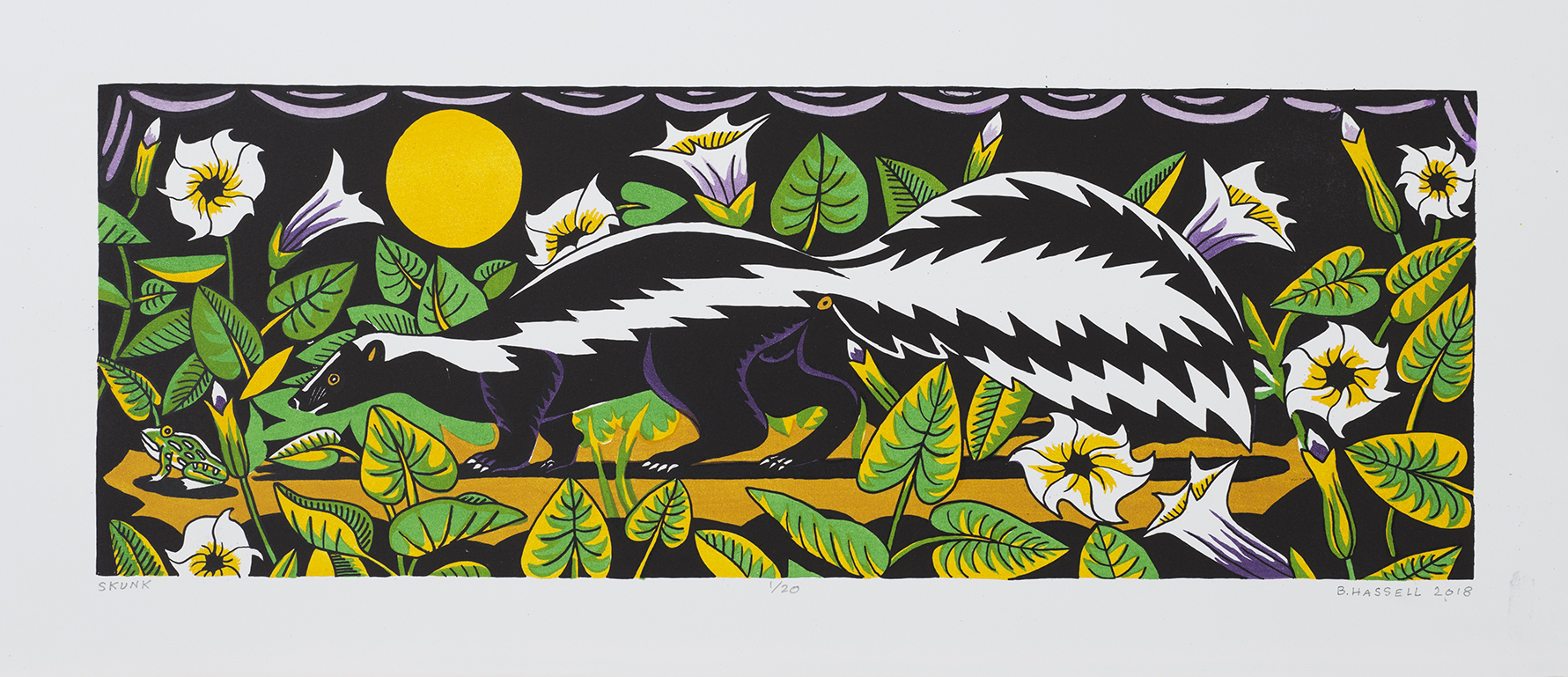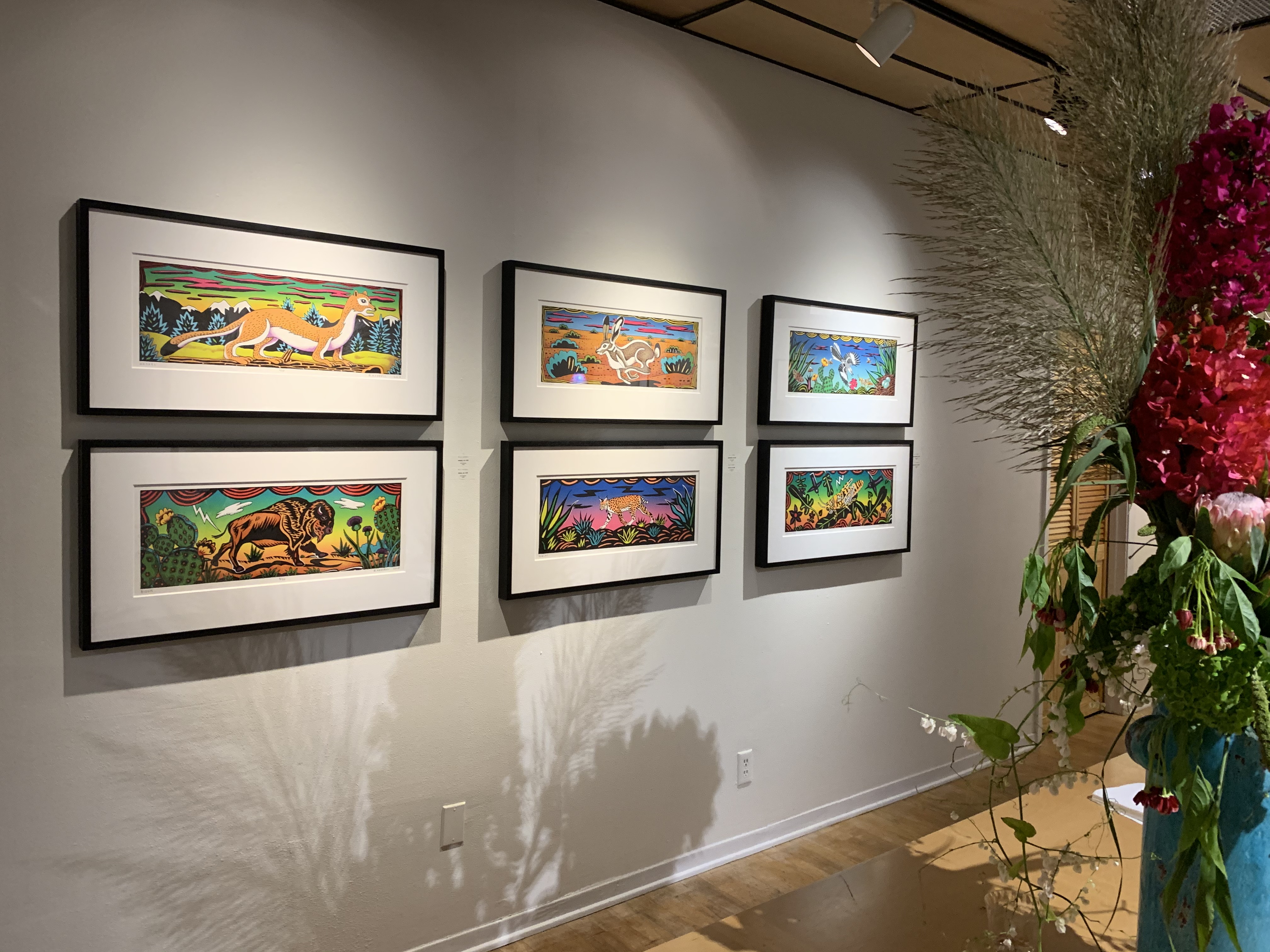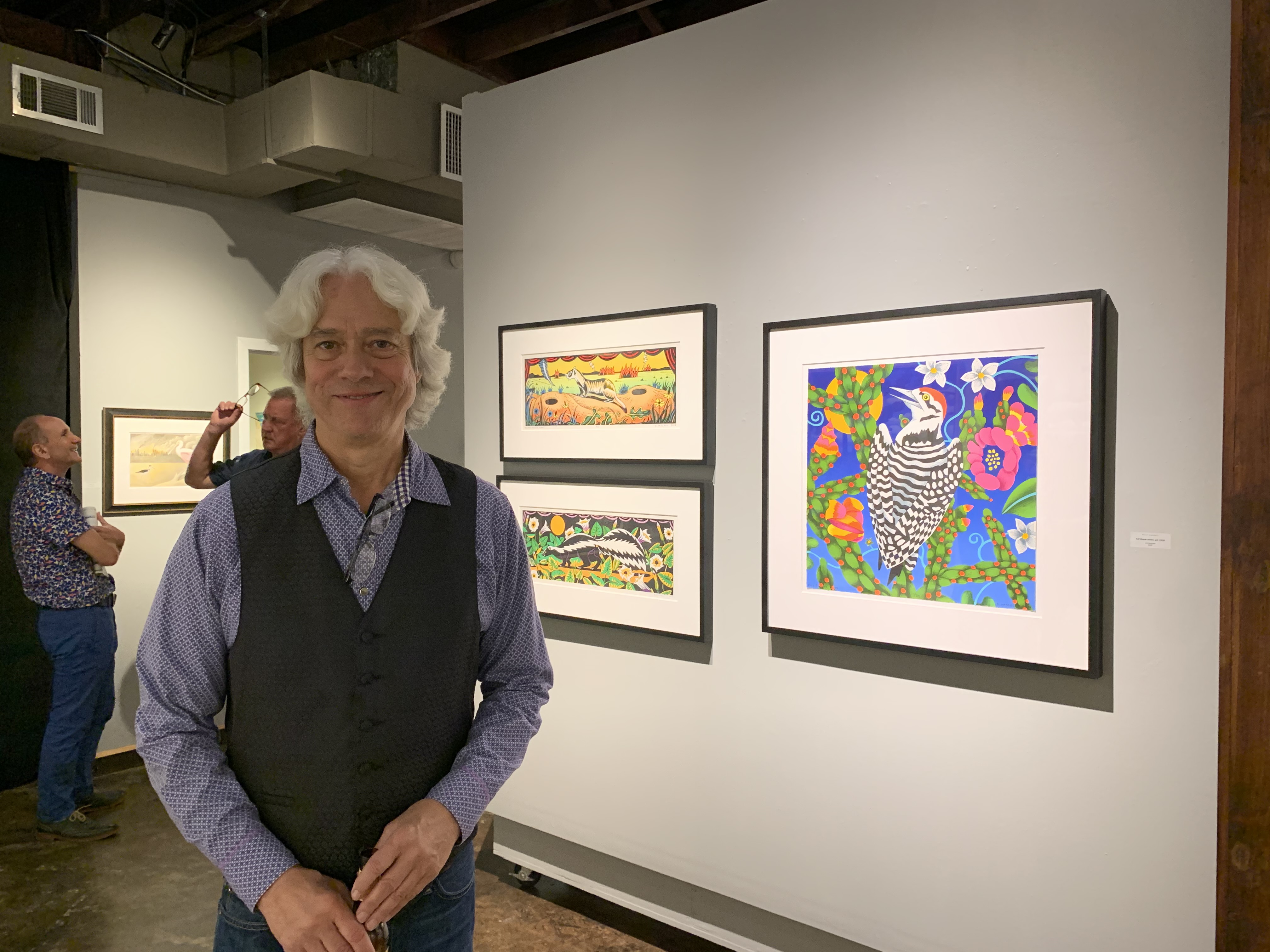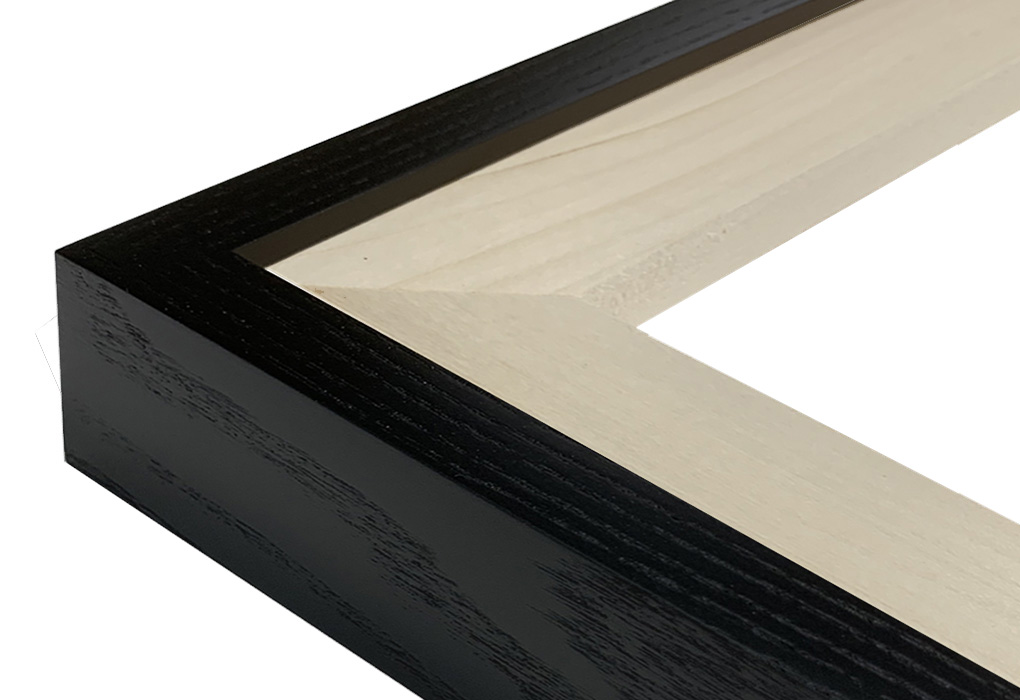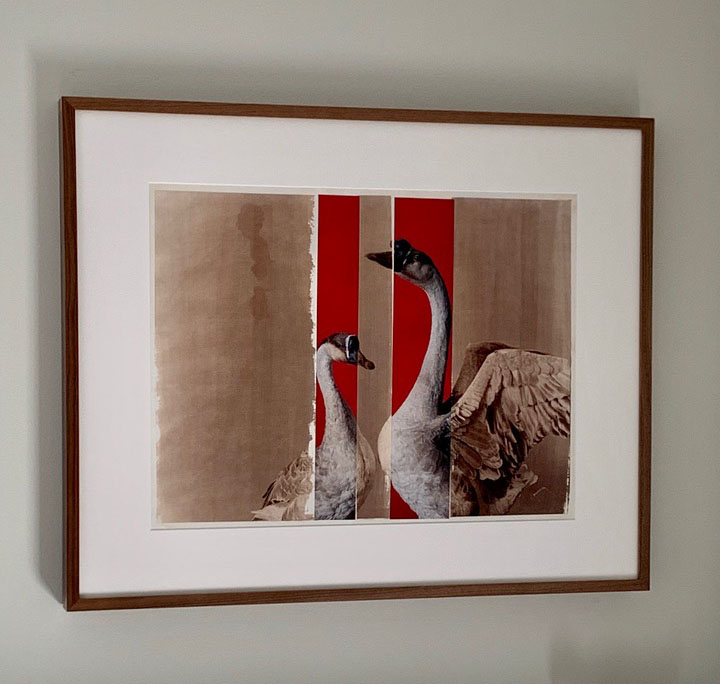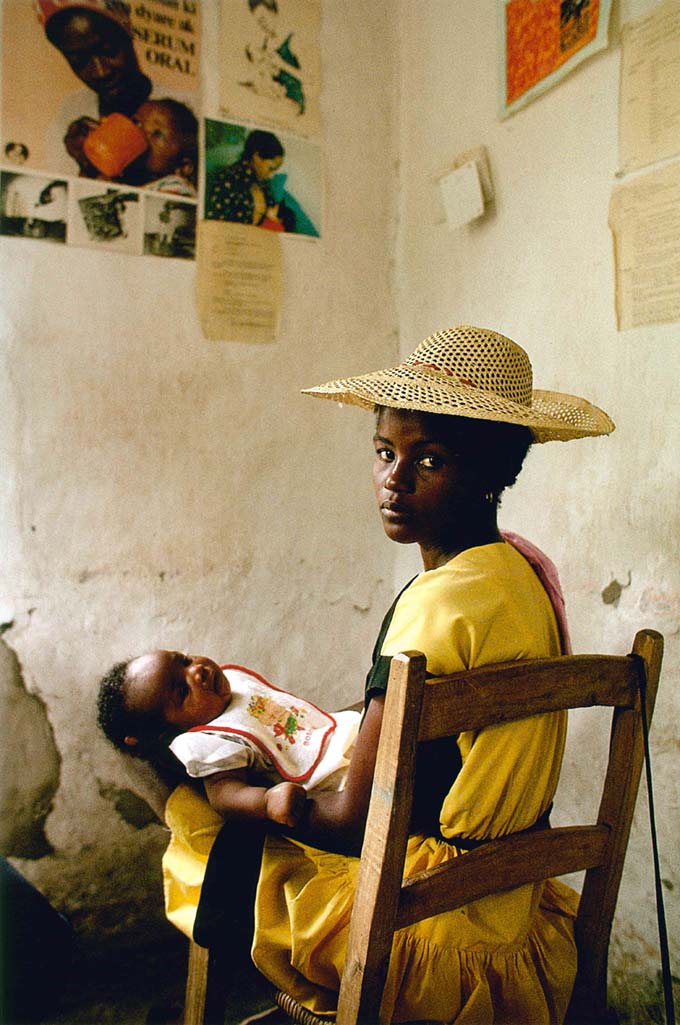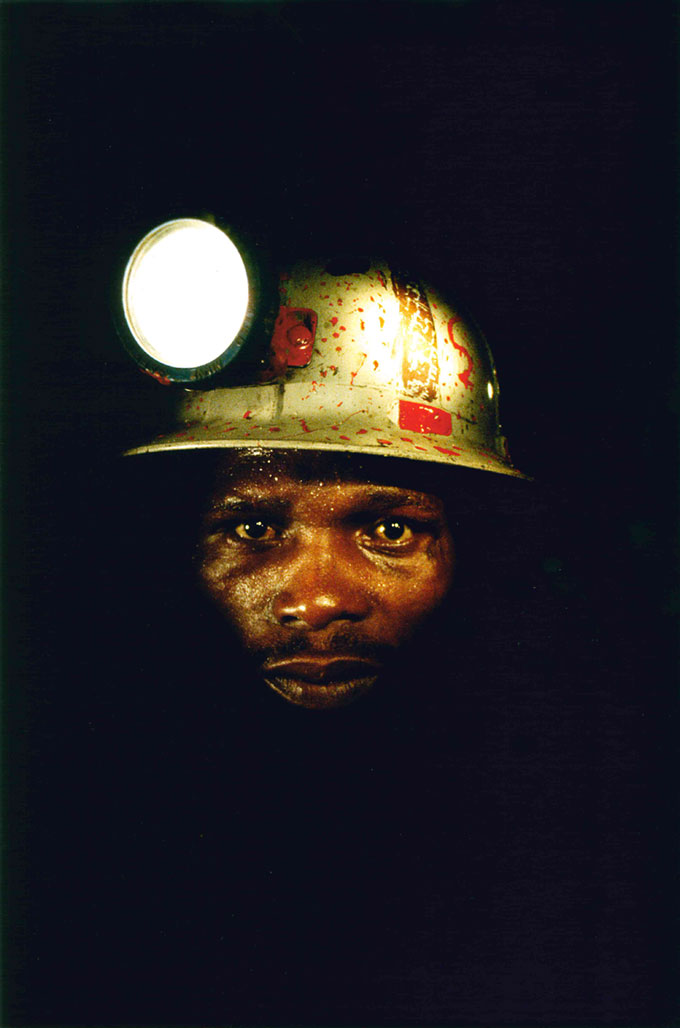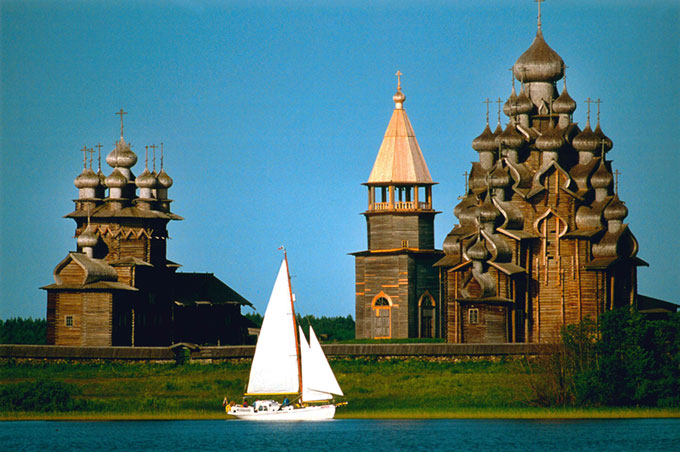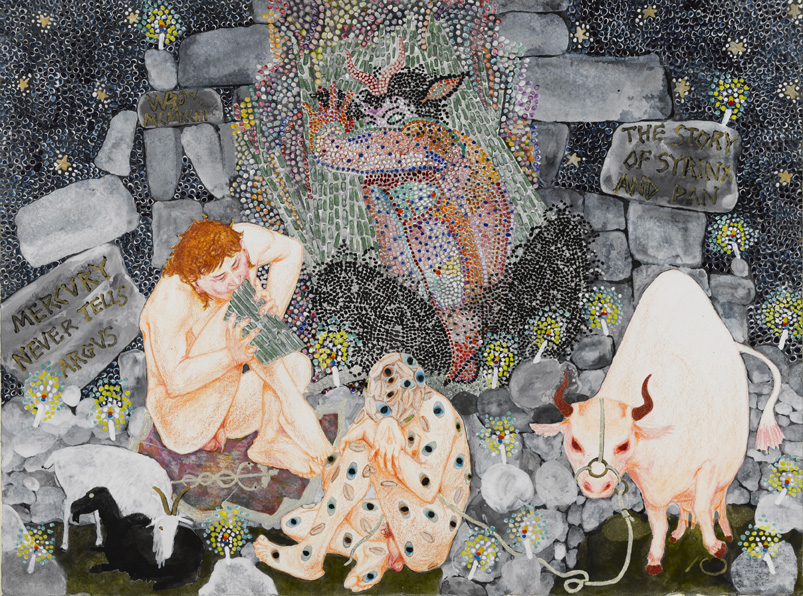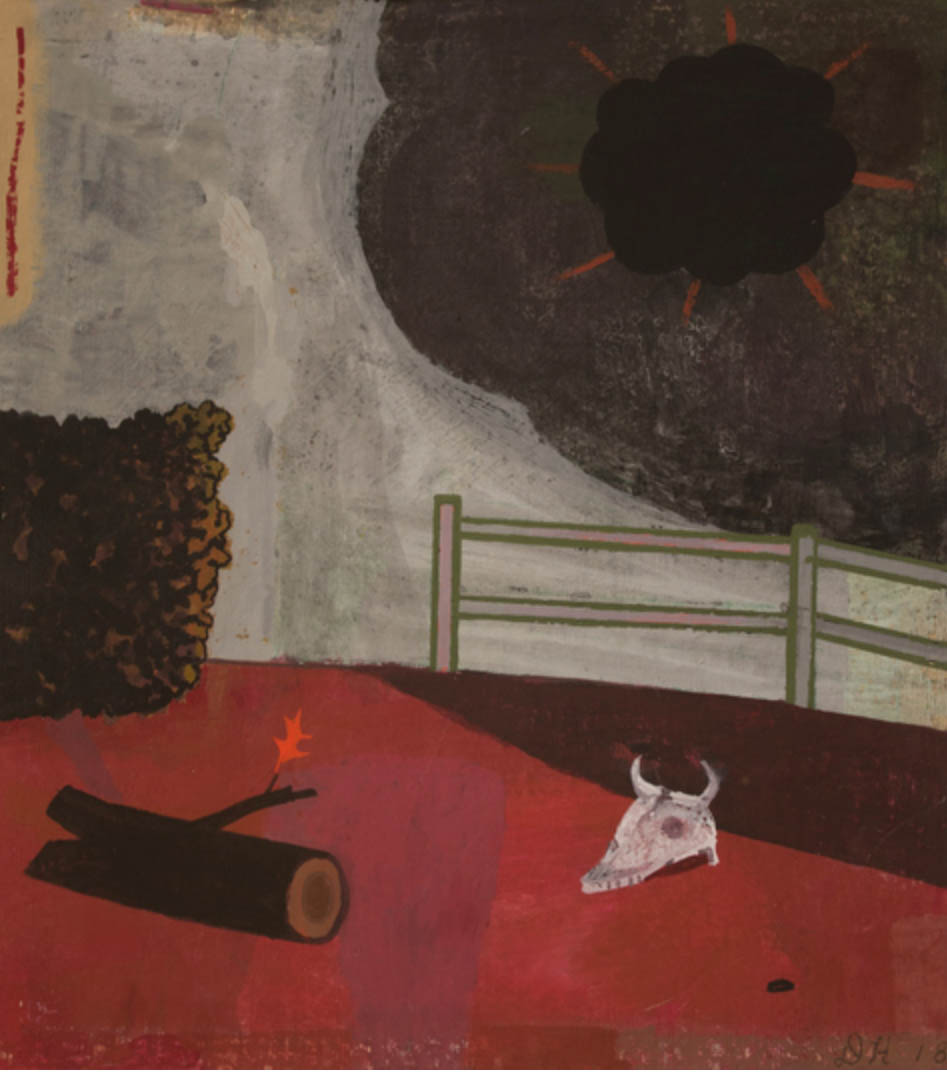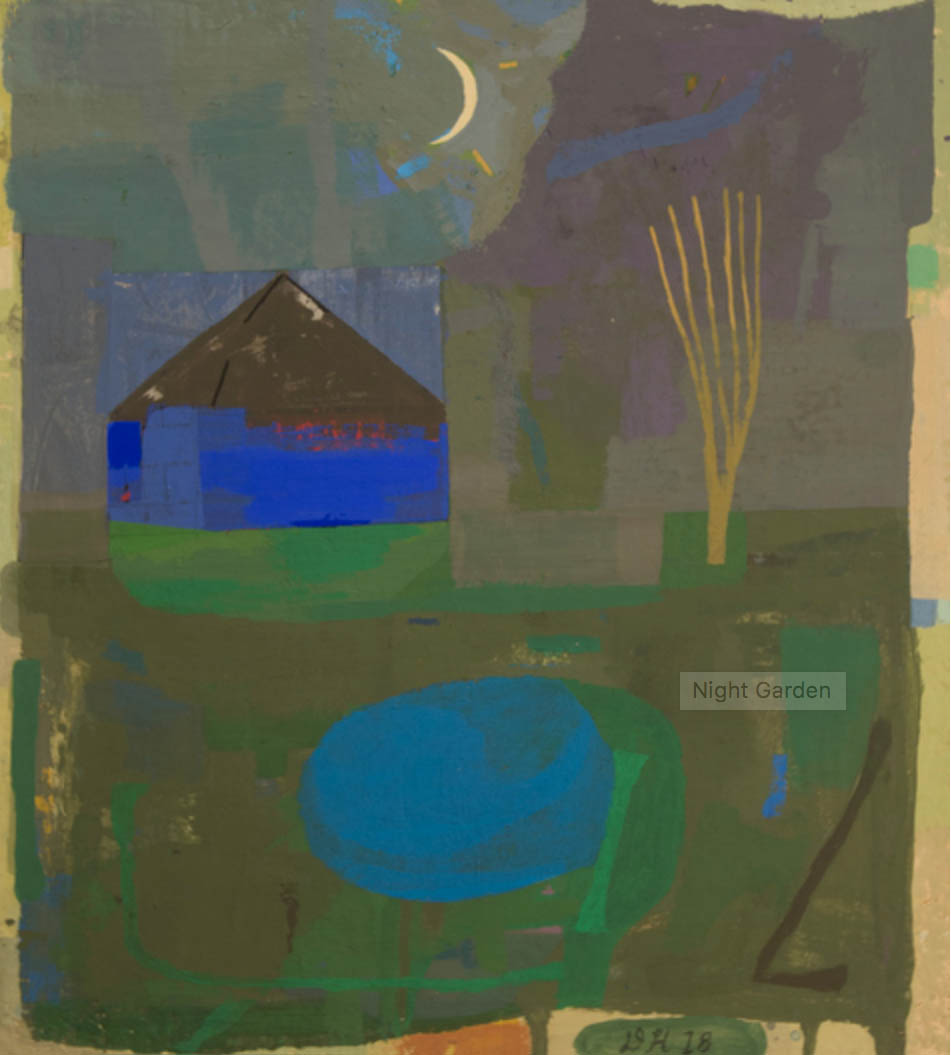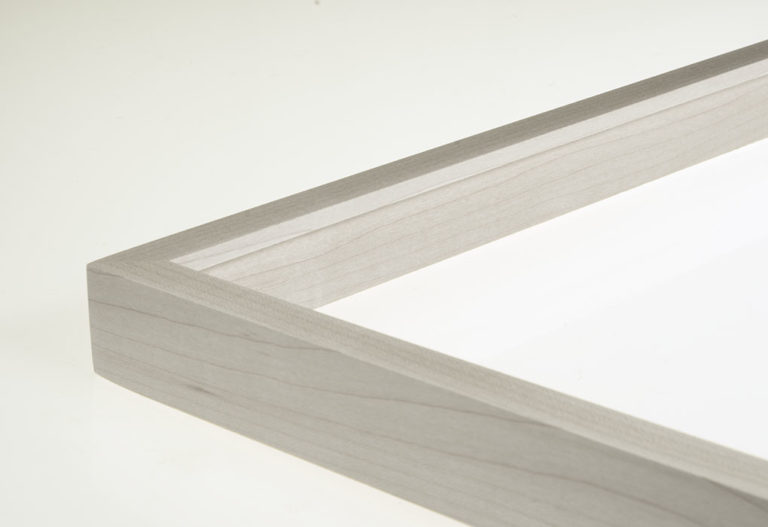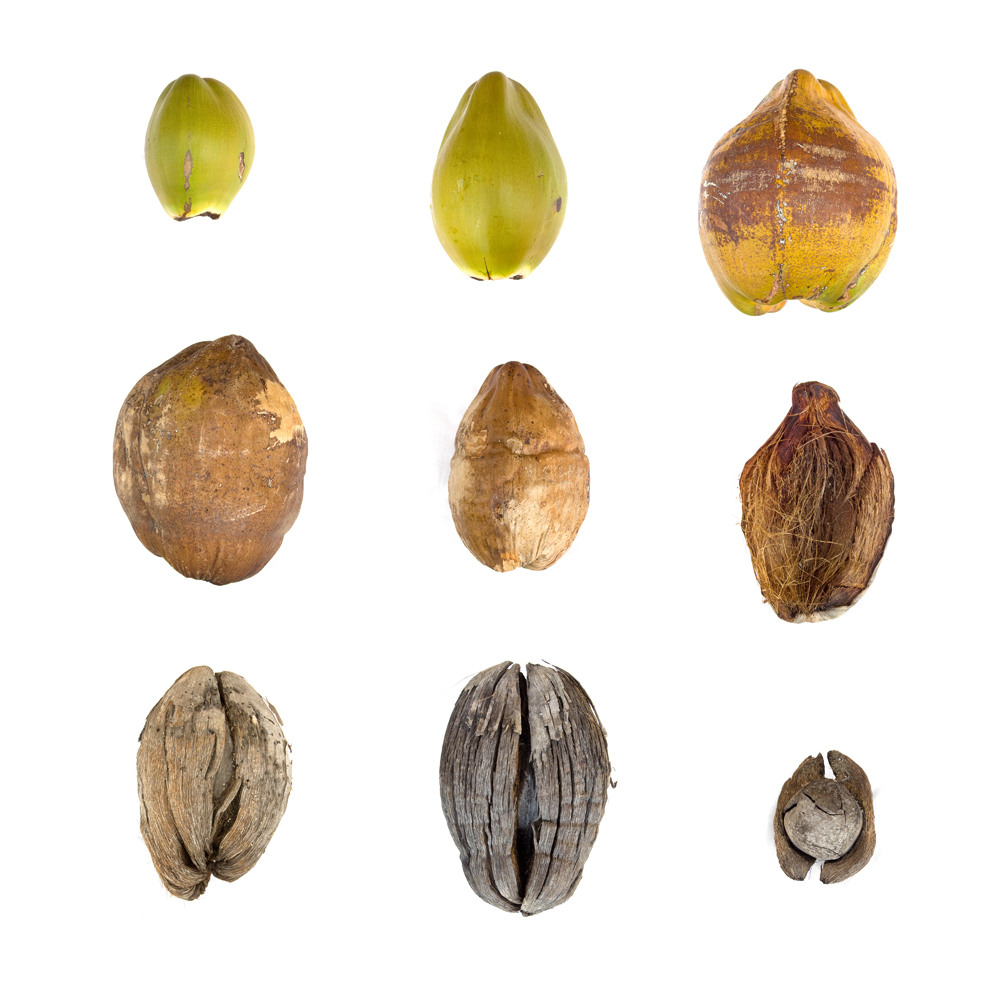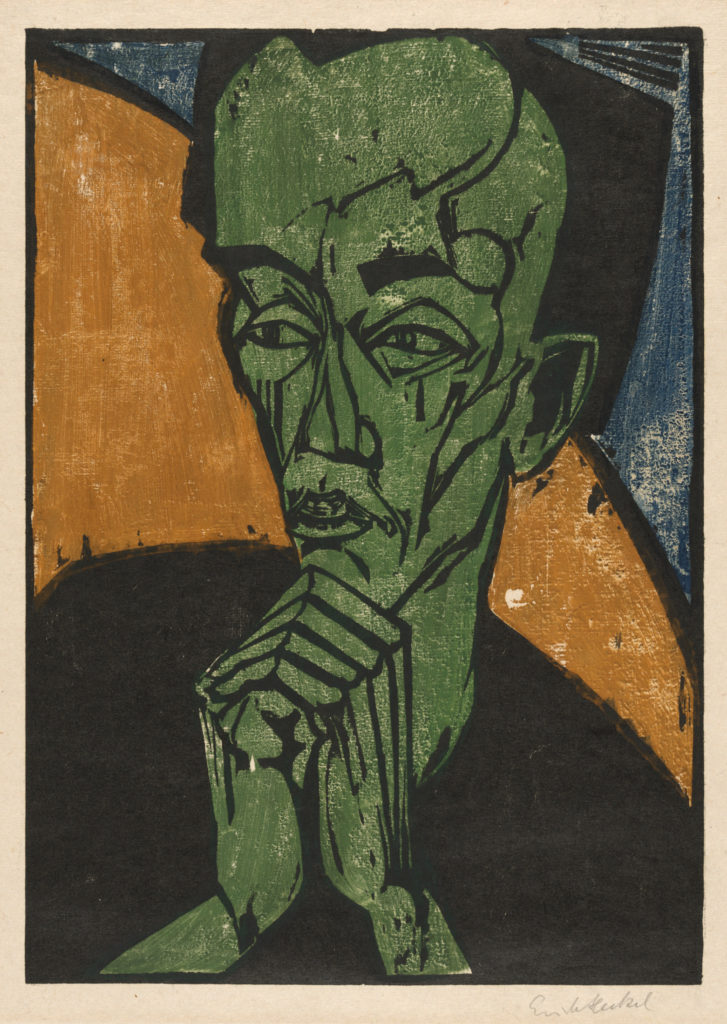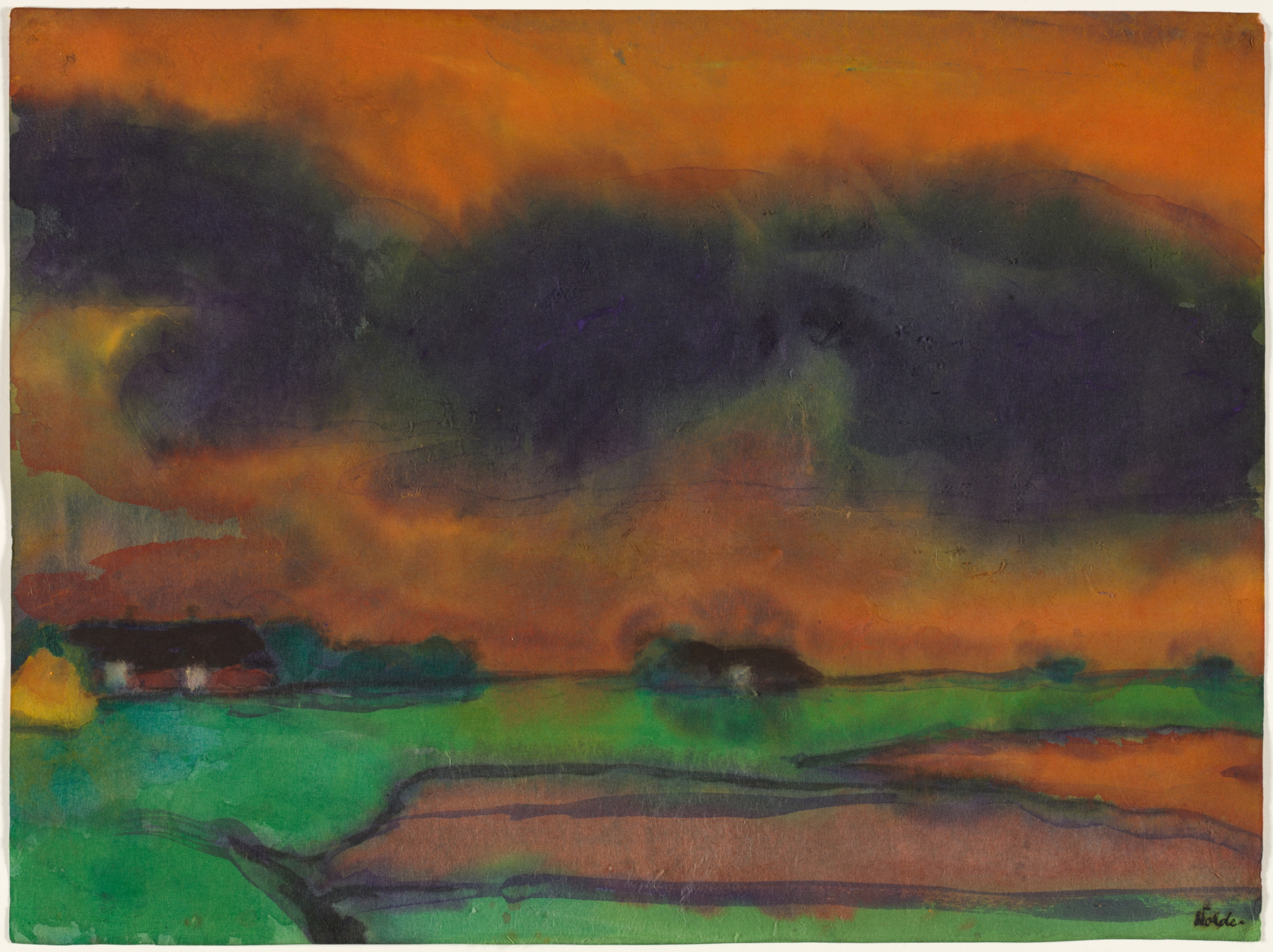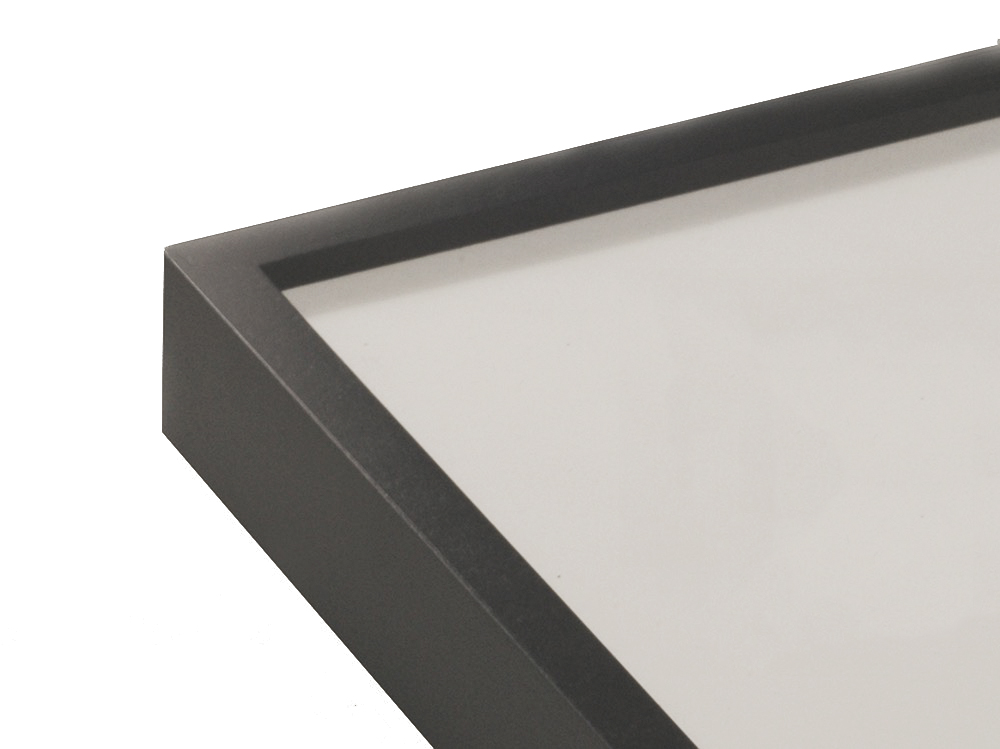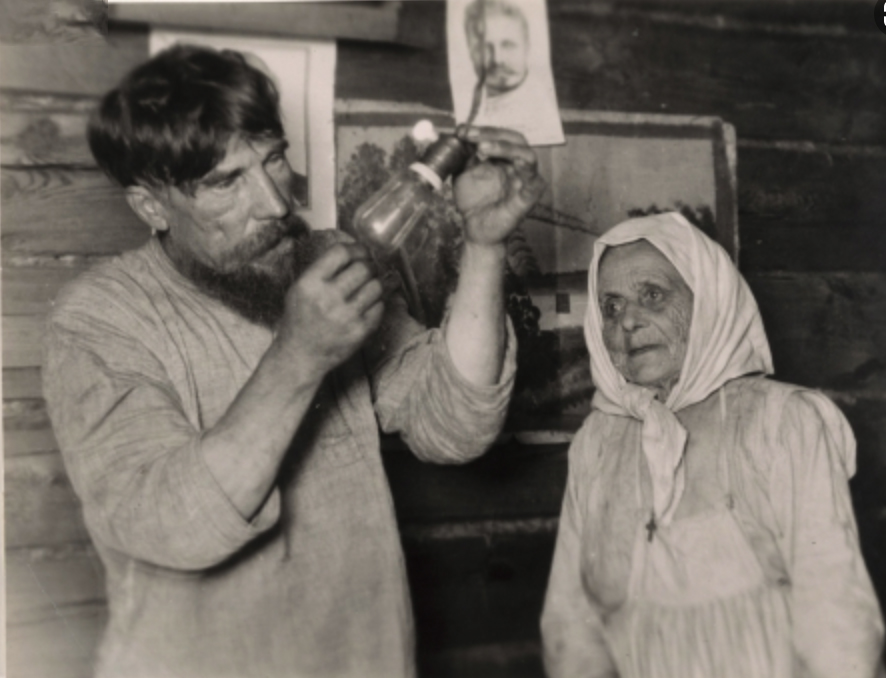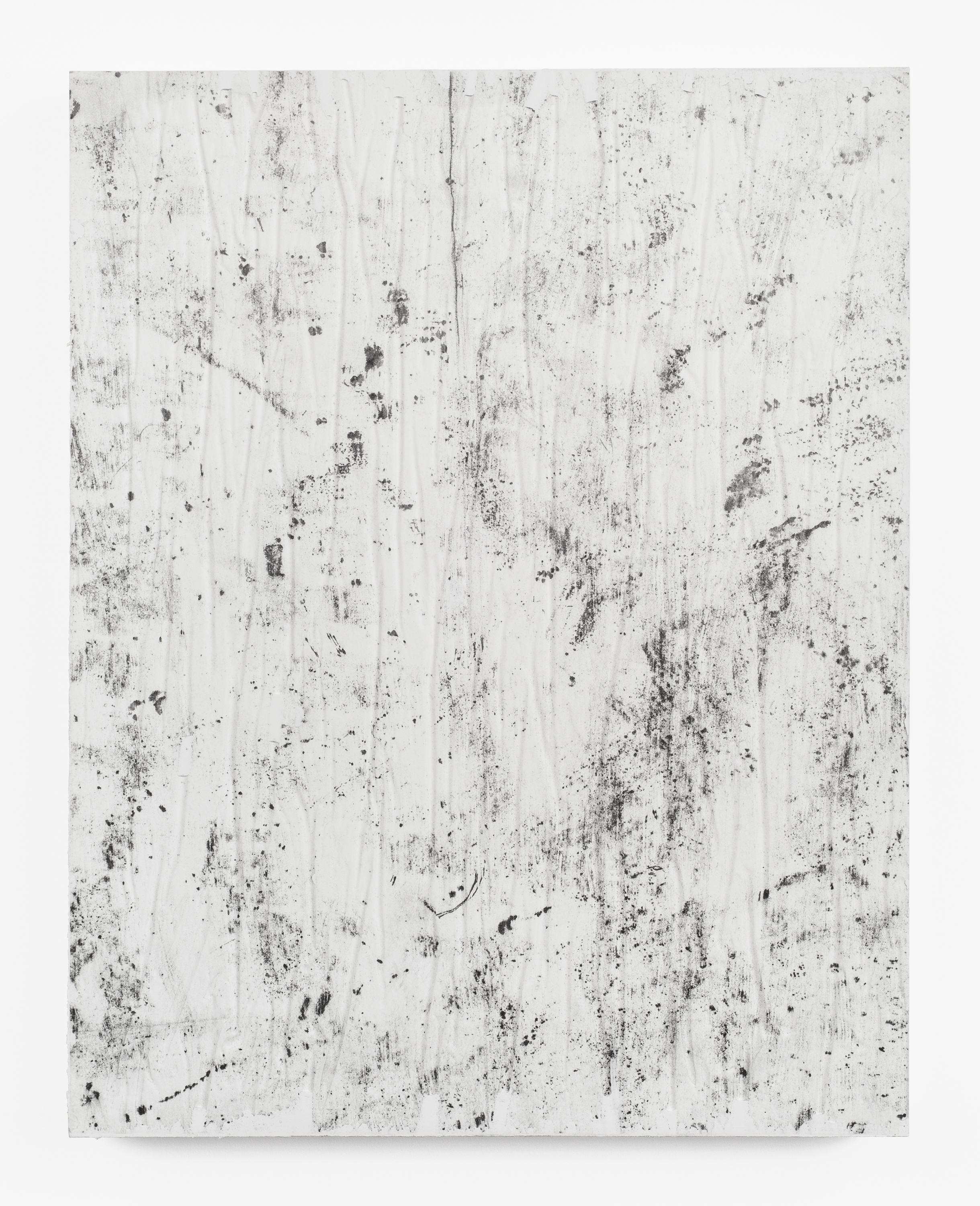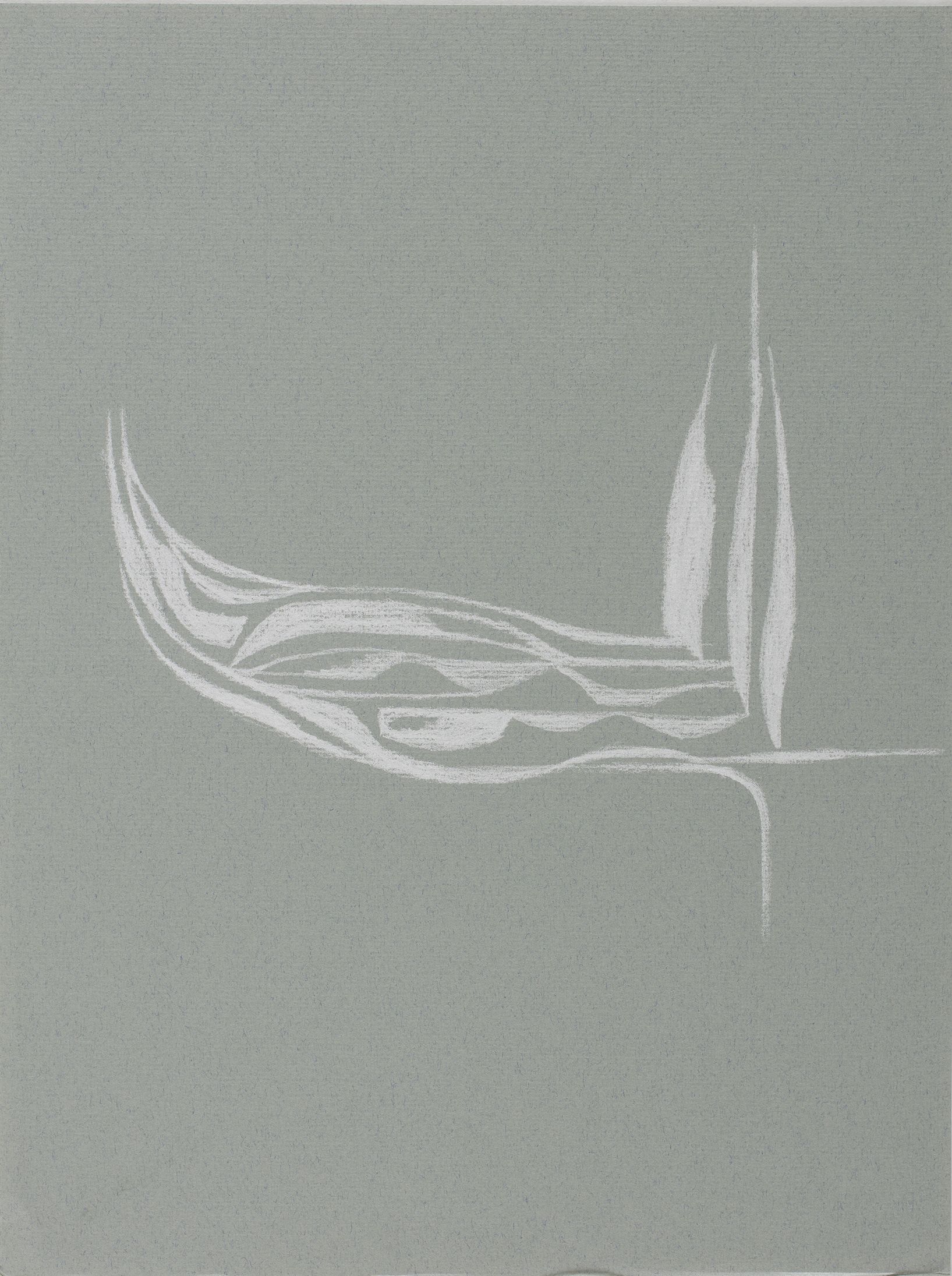ALEJANDRO CARTAGENA: PHOTO STRUCTURE / FOTO ESTRUCTURA at Eastman Museum
For this latest body of work, Cartagena spent time sifting through landfills on the outskirts of Mexico City to collect thousands of discarded photographs—portraits, snapshots, and tourist views. Cartagena excises figures, faces, or other details from the found photographs and reconfigures the original compositions by either moving the cut fragments or removing them entirely. The altered photographs remain strangely whole and strikingly familiar, compelling the viewer to consider what gives a photograph meaning. His arrangements reveal that seemingly crucial aspects of an image are both central and incidental to our ability to understand the works.
Cartagena is producing works of art specifically for this exhibition, giving visitors to the Eastman Museum the first opportunity to see the newest photographs in his most recent body of work.
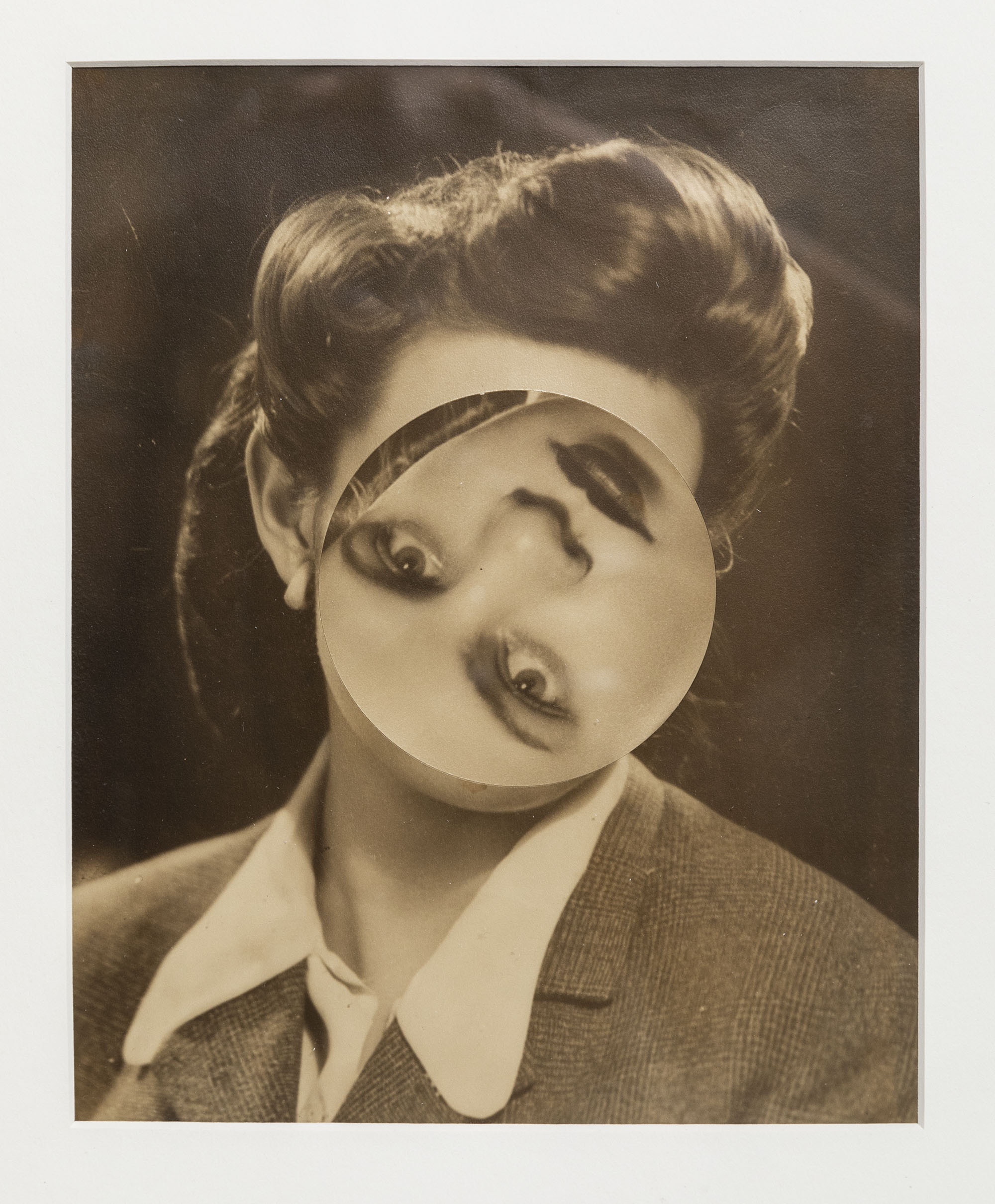
StudioSession-849
Alejandro Cartagena (Mexican, b. Dominican Republic, b. 1977). Detail from Narciso / Narcissus, 2019. Altered gelatin silver print. Courtesy of the artist. © Alejandro Cartagena
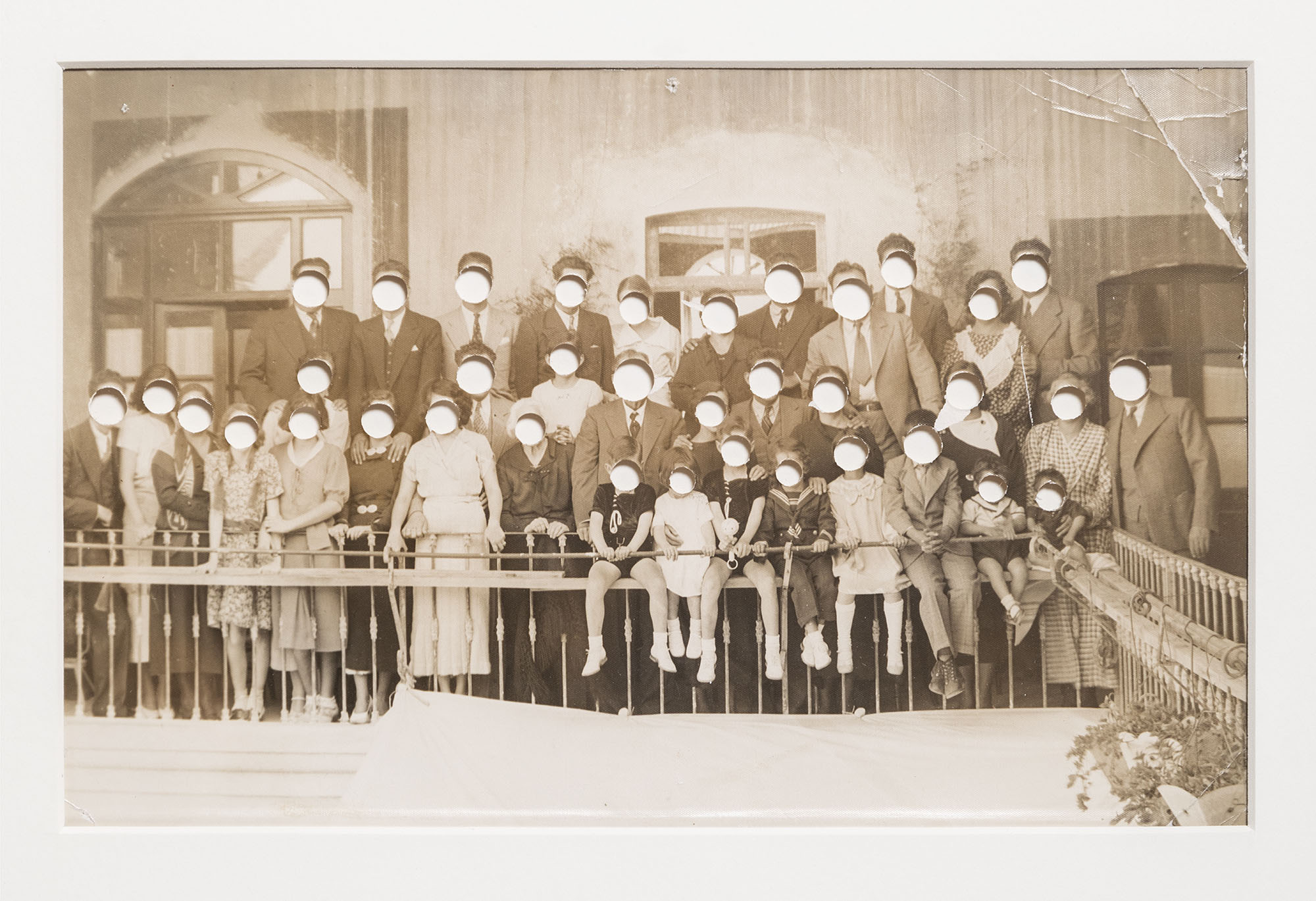
|
StudioSession-904 Alejandro Cartagena (Mexican, b. Dominican Republic, b. 1977). Detail from Rostros / Faces, 2019. Altered gelatin silver print. Courtesy of the artist. © Alejandro Cartagena |
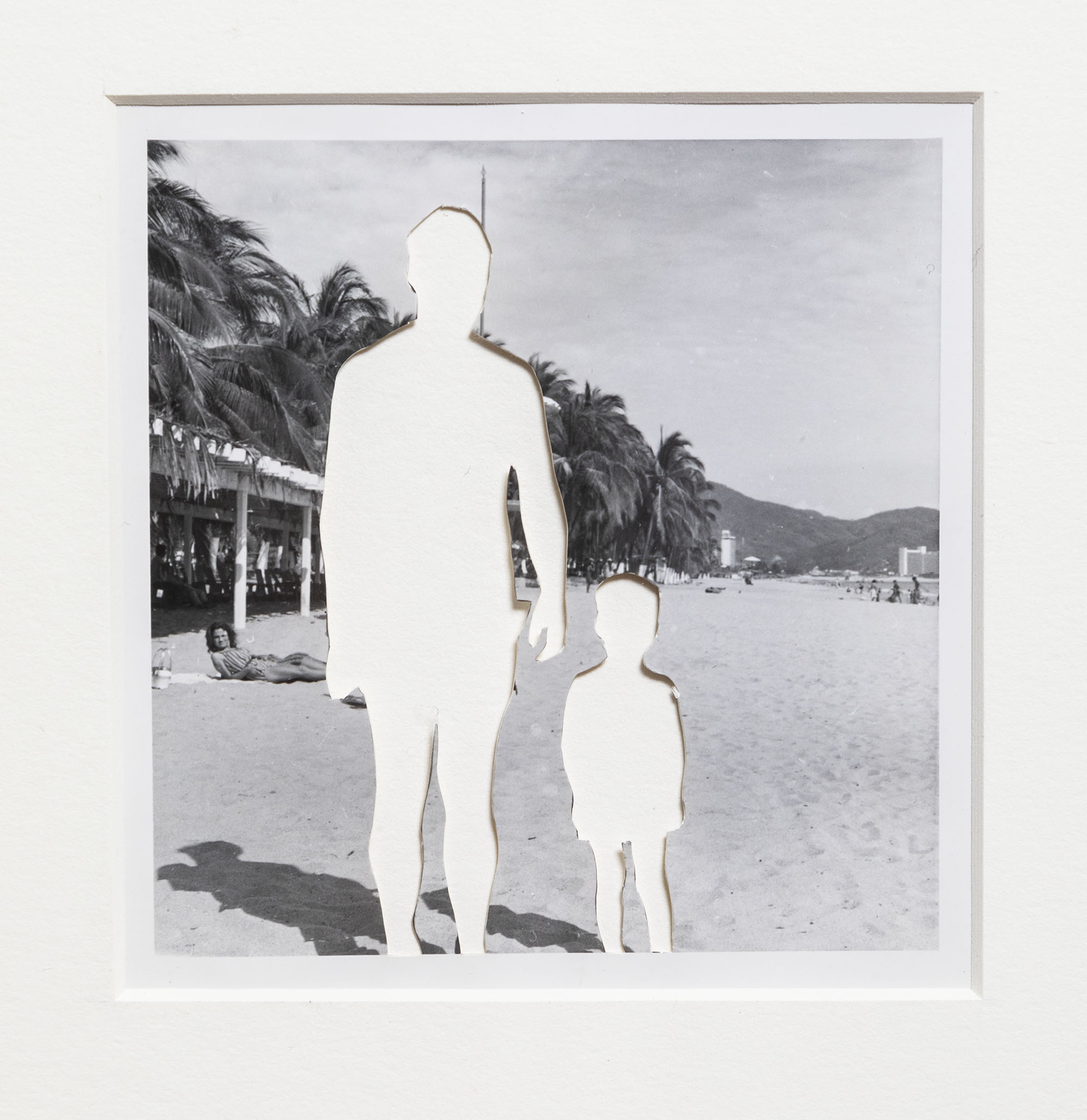
|
StudioSession-901 Alejandro Cartagena (Mexican, b. Dominican Republic, b. 1977). Detail from Vacaciones familiares (después Roma) / Family Vacation (after Roma), 2019. Altered gelatin silver print. Courtesy of the artist. © Alejandro Cartagena |
About the artist
Cartagena lives and works in Monterrey, in northeastern Mexico. His projects employ landscape and portraiture as a means to examine social, urban, and environmental issues. His work has been exhibited internationally and is part of public and private collections, including the San Francisco Museum of Modern Art, the Museum of Contemporary Photography in Chicago, the JPMorgan Chase Art Collection, the Museum of Fine Arts in Houston, the Harry Ransom Center at the University of Texas, and the George Eastman Museum.
Cartagena is also a self-publisher and co-editor of photobooks and has been published internationally in magazines and newspapers such as the New York Times, Le Monde, and the New Yorker. He is the recipient of several awards, including the international Photolucida Critical Mass Book Award, the Lente Latino award in Chile, and the Premio IILA-FotoGrafia Award in Rome.

ALEJANDRO CARTAGENA: PHOTO STRUCTURE / FOTO ESTRUCTURA
January 31, 2020 – June 28, 2020
George Eastman Museum, Rochester, NY
ALEJANDRO CARTAGENA: PHOTO STRUCTURE / FOTO ESTRUCTURA
January 31, 2020 – June 28, 2020
George Eastman Museum, Rochester, NY
Framing Specifications
![]()

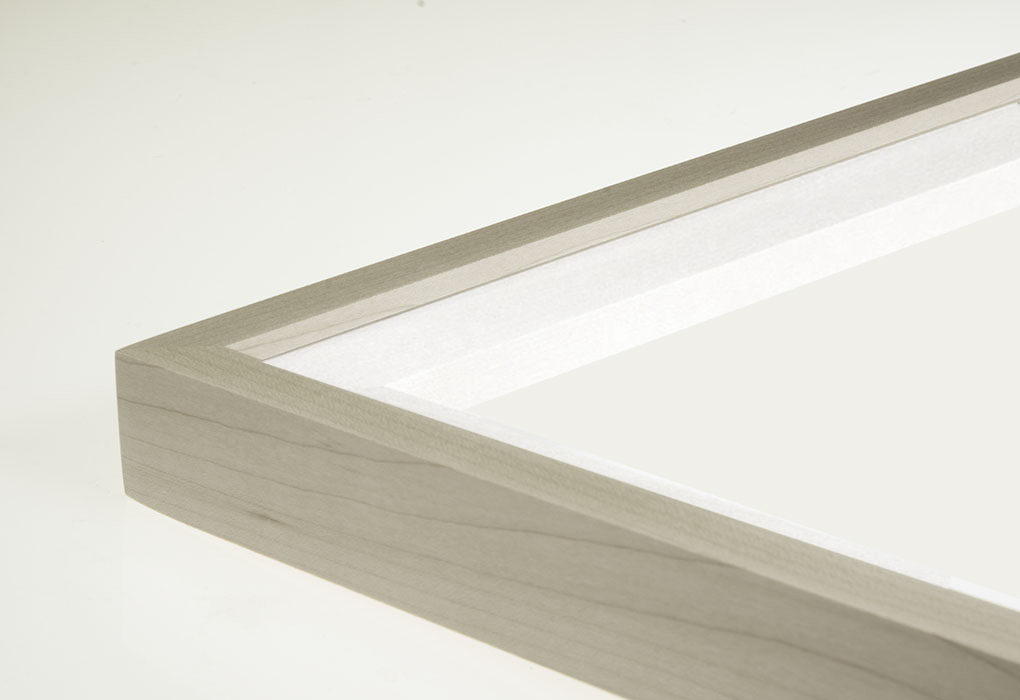
METRO GALLERY FRAME
Profile: 114
Type: Thin Gallery Frame
Wood & Finish: unfinished ash frame
Purchasing Option: joined wood frame
Custom Wood Strainer: 1/2″ wood frame strainer
